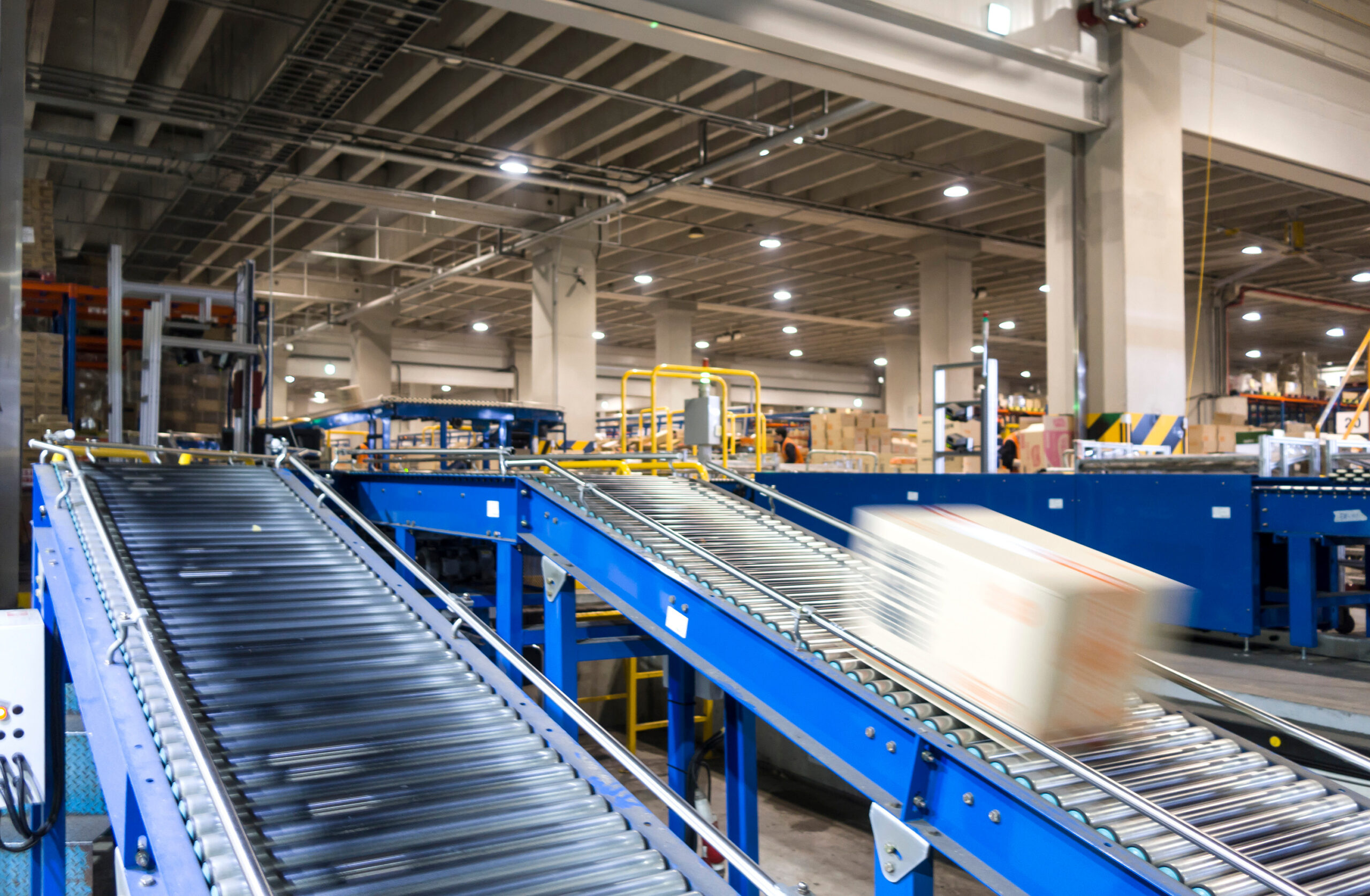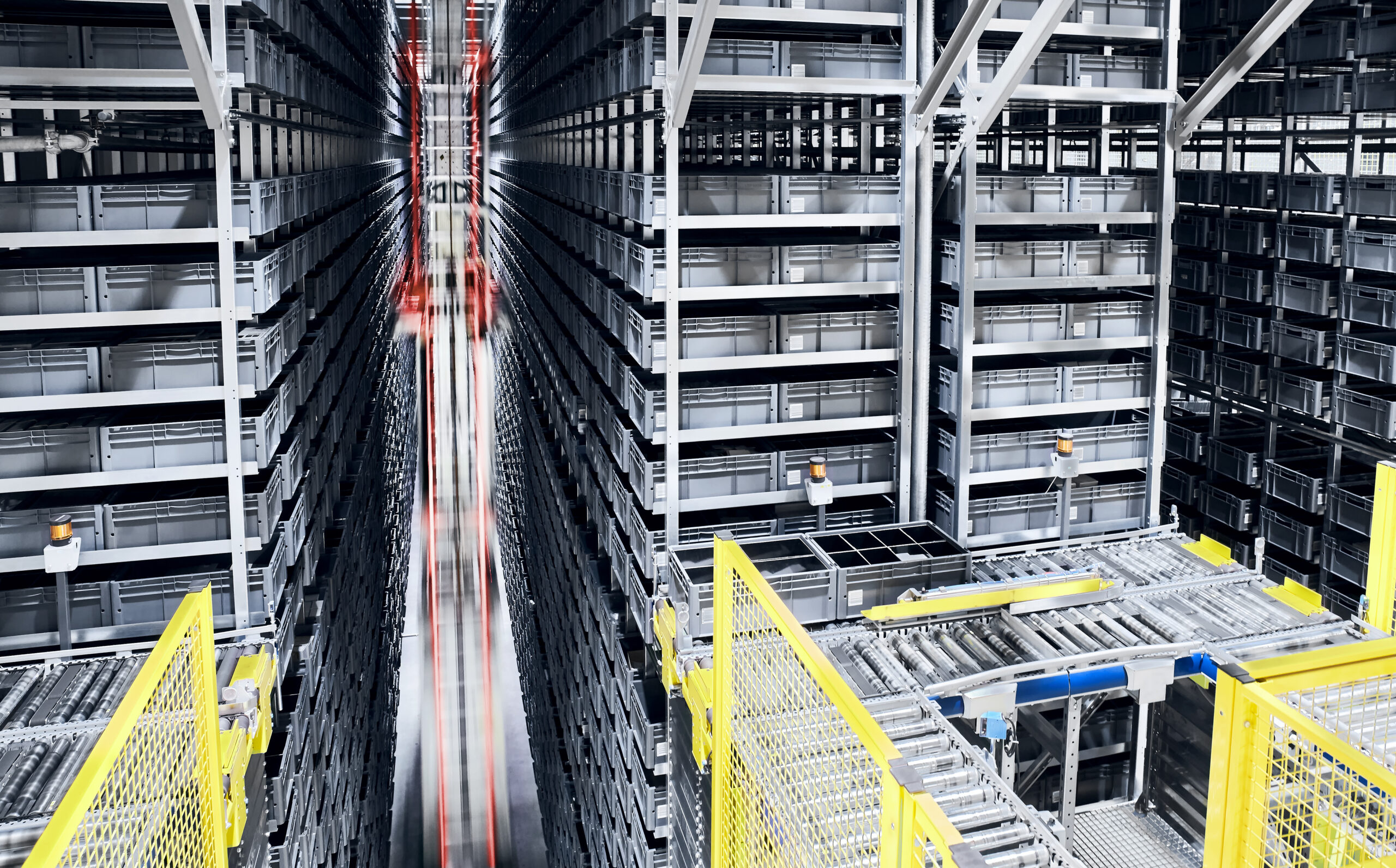 The global warehouse automation market has been growing at a healthy clip of approximately 10% per year, reaching an estimated value of $20 billion in 2022. Many warehouses have been reaping the benefits of full automation, significantly boosting their profit margins by slashing labor costs, which typically constitute about two-thirds of a non-automated warehouse’s expenses. Despite these strides, there are still crucial areas of improvement in the warehousing industry to bolster efficiency, accuracy, and overall operational performance.
The global warehouse automation market has been growing at a healthy clip of approximately 10% per year, reaching an estimated value of $20 billion in 2022. Many warehouses have been reaping the benefits of full automation, significantly boosting their profit margins by slashing labor costs, which typically constitute about two-thirds of a non-automated warehouse’s expenses. Despite these strides, there are still crucial areas of improvement in the warehousing industry to bolster efficiency, accuracy, and overall operational performance.
Let’s examine these issues:
Inventory Management
The Cornerstone of Efficiency Efficient inventory management is paramount to optimizing stock levels, minimizing carrying costs, and averting damaging stockouts or overstocks. Technologies like barcode scanning, RFID tracking, and warehouse management systems (WMS) offer real-time inventory visibility, accurate stock tracking, and automated restocking processes. Such systems streamline inventory control, curtail manual errors, and augment overall inventory precision.
 Order Fulfillment and Picking
Order Fulfillment and Picking
The Crux of Efficiency Traditional order fulfillment processes like picking, packing, labeling, and shipping are often labor-intensive and prone to errors. Servo motion control-based automated storage and retrieval systems (AS/RS), robotic picking systems, and conveyor systems like tilt tray and cross belt sorters accelerate order processing, minimize manual labor, and enhance picking accuracy. Automated systems optimize pick paths, mechanize packing processes, and synchronize with order management, inventory control, and replenishment systems for efficient order fulfillment.
Material Handling and Transportation
The Backbone of Efficiency Effective material handling and transportation are essential for smooth operations and timely delivery. Automated solutions like automated guided vehicles (AGVs), auto-scanning of incoming goods, robotic palletizing systems, conveyor systems in concert with vertical lift modules, and automated storage systems ensure speedy, accurate, efficient material movement, reduced manual handling, and enhanced operational efficiency. Automated systems manage heavy loads, optimize movement routes and storage parameters, and streamline the flow of goods within the warehouse.
Warehouse Layout
The Blueprint of Efficiency A well-planned warehouse layout maximizes storage capacity and boosts operational efficiency. Warehouse design software and simulation tools can help optimize layout, storage configurations, and product flow paths. They consider factors such as product demand, storage requirements, and order flow to create efficient layouts that minimize travel distances and maximize storage density. And surprisingly, the return on investment for these improvements is often quick, and improvements can often be integrated into existing facilities at a fraction of the cost of starting anew.
Workflow Management
 The Heartbeat of Efficiency Streamlining workflows and alleviating bottlenecks is vital for overall productivity enhancement. Modern automation systems with workflow management software, task assignment algorithms, and real-time monitoring enable efficient task allocation, resource utilization, and workload balancing. These systems optimize picking sequences, direct horizontal and vertical material movement, allocate tasks based on worker availability and skills, and provide real-time visibility into operations.
The Heartbeat of Efficiency Streamlining workflows and alleviating bottlenecks is vital for overall productivity enhancement. Modern automation systems with workflow management software, task assignment algorithms, and real-time monitoring enable efficient task allocation, resource utilization, and workload balancing. These systems optimize picking sequences, direct horizontal and vertical material movement, allocate tasks based on worker availability and skills, and provide real-time visibility into operations.
Warehouse Safety and Security
The Shield of Efficiency Modern automated warehouses, bustling with moving machines, equipment, and valuable goods, demand robust safety and security measures. Automated safety sensors, hazard recognition and collision avoidance systems, and access control mechanisms enhance warehouse safety, while video surveillance, alarm systems, and automated inventory tracking help prevent theft and unauthorized access, ensuring overall warehouse security.
Data Analytics and Reporting
The Nerve Center of Efficiency Harnessing data analytics and reporting can empower decision-making, optimize warehouse operations, and identify areas for improvement. Automation systems integrating data collection, real-time monitoring, and analytical tools provide insights into key performance indicators (KPIs), warehouse utilization, and productivity metrics, enabling continuous improvement through data-driven decisions.
 Supply Chain Integration
Supply Chain Integration
The Lifeline of Efficiency Seamless supply chain integration is essential. Automation solutions that sync with suppliers, customers, and transport providers enhance supply chain visibility, enable real-time collaboration, and optimize logistics processes.
Value-Added Services
The Extra Mile of Efficiency Many warehouse operators have recognized the benefits of offering secondary services while the products are still in-house, enhancing customer attachment, boosting overall process efficiency, and contributing to profitability. These services can range from final packaging, kitting, and labeling to product customization, quality control inspections, and assembly.
Addressing these warehouse automation issues necessitates collaboration between equipment manufacturers, automation experts, and warehouse operators. By harnessing advanced automation technologies, integrating systems, and optimizing workflows, warehouse operators can surmount these challenges, achieving higher efficiency, accuracy, and, potentially, increased profitability.
